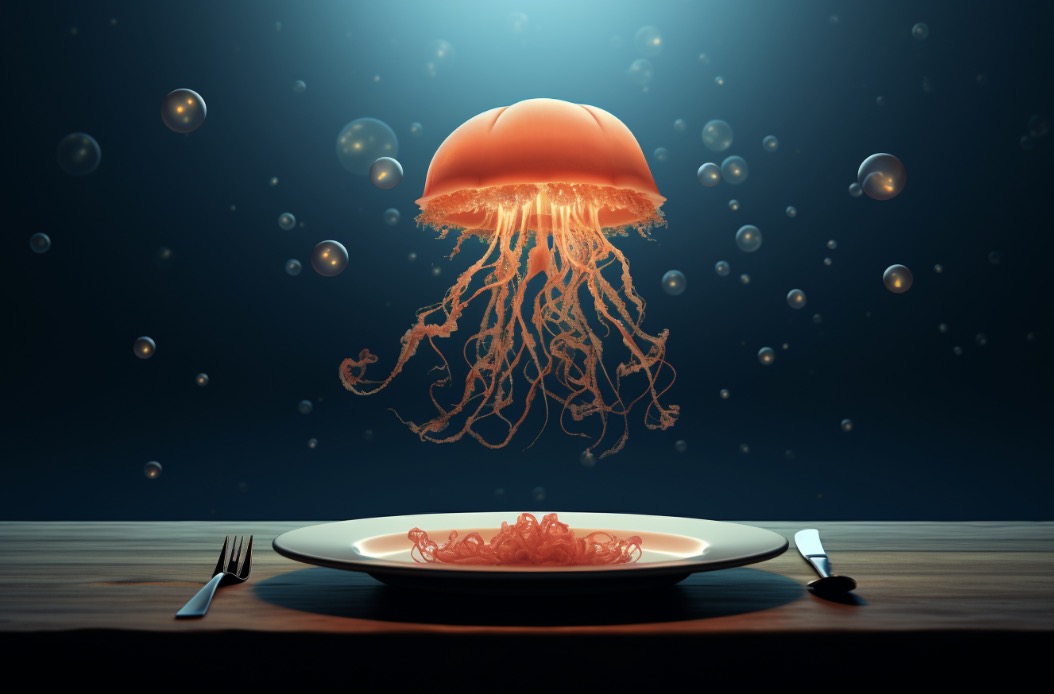As a marine biologist, I have always been fascinated by sand dollars.
It is impossible to determine the exact number of sand dollars as they are constantly changing due to reproduction, death, and environmental factors.
These beautiful creatures have a unique shape and texture, and can be found in many different parts of the world.
But how many sand dollars are there, and what do we know about these mysterious creatures?
In this blog post, I will explore the world of sand dollars and share some of the latest research on these fascinating animals.
What Are Sand Dollars?
Sand dollars are a type of echinoderm, which means they are related to sea stars, sea urchins, and other spiny-skinned creatures.
They are found in shallow waters along the coastlines of many different countries, and are often collected by beachcombers and tourists.
Sand dollars get their name from their round, flat shape, which resembles a coin or a small cake.
How Do Sand Dollars Live?
Sand dollars spend most of their lives buried in the sand, where they filter feed on plankton and other tiny organisms. They move around by using their tiny, tube-like feet, which help them to burrow into the sand and crawl along the ocean floor.
Sand dollars are also able to regenerate their limbs and even their entire bodies if they are damaged or injured.
How Many Species of Sand Dollars Are There?
There are over 65 different species of sand dollars, each with their own unique characteristics and habits. Some species are found only in specific regions or habitats, while others are more widespread.
Some of the most common species of sand dollars include the Pacific sand dollar, the keyhole sand dollar, and the biscuit or cake urchin.
How Many Sand Dollars Are There in the Ocean?

It is difficult to estimate the total number of sand dollars in the ocean, as they are not often counted or studied in large numbers.
However, researchers have found that populations of sand dollars can vary greatly depending on environmental factors such as water temperature, salinity, and food availability.
Some areas may have large populations of sand dollars, while others may have very few.
Are Sand Dollars Endangered?
Although sand dollars are not currently listed as an endangered species, they are still vulnerable to habitat loss and other environmental threats. Pollution, overfishing, and coastal development can all have negative impacts on sand dollar populations, as well as other marine animals and plants.
It is important to protect our oceans and the creatures that live in them, including sand dollars.
Conclusion:
In conclusion, sand dollars are fascinating creatures that have captured the imaginations of beachgoers and marine biologists alike.
While we may not know the exact number of sand dollars in the ocean, we do know that they play an important role in the ecosystem and are worth protecting.
Here are five key facts to remember about sand dollars:
1. Sand dollars are a type of echinoderm, related to sea stars and sea urchins.
2. There are over 65 different species of sand dollars.
3. Sand dollars spend most of their lives buried in the sand, filter feeding on plankton.
4. Sand dollar populations can vary greatly depending on environmental factors.
5. It is important to protect our oceans and the creatures that live in them, including sand dollars.
FAQs
How do you know sand dollars are alive?
Sand dollars are alive if they have tiny spines or hairs that cover their body and help them move, as well as a small hole on their underside called the “madreporite,” which is used for breathing and expelling waste.
What is an alive sand dollar called?
An alive sand dollar is called a “live sand dollar.”
How much is a dead sand dollar worth?
A dead sand dollar has no commercial value as it is considered a protected species and it is illegal to sell or purchase them.
Which sand dollars are alive?
Sand dollars that are alive have tiny spines that cover their bodies and move to help them breathe and burrow in the sand.
They also have a velvety texture and may release a small amount of water when gently squeezed.
What happens when a sand dollar dies?
When a sand dollar dies, its body breaks down and decomposes, leaving behind its hard skeleton or test.
The test may wash up on shore and become bleached by the sun, resulting in the familiar white or pale gray appearance of a sand dollar.
How much is a full sand dollar worth?
I cannot speak on everyones behalf, as I do not have personal opinions or beliefs.
However, I can inform you that sand dollars do not have a significant monetary value as they are not considered a currency or precious material. They are often collected as souvenirs or used for decorative purposes.




